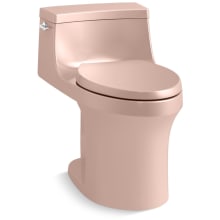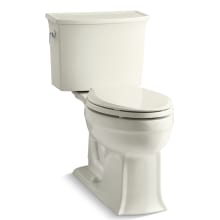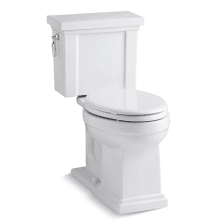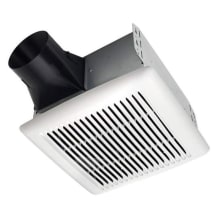5 Tips To Taming Bathroom Odors
Bathroom odors can spread through the house, so use these tips to defeat the sources of the most offensive smells.
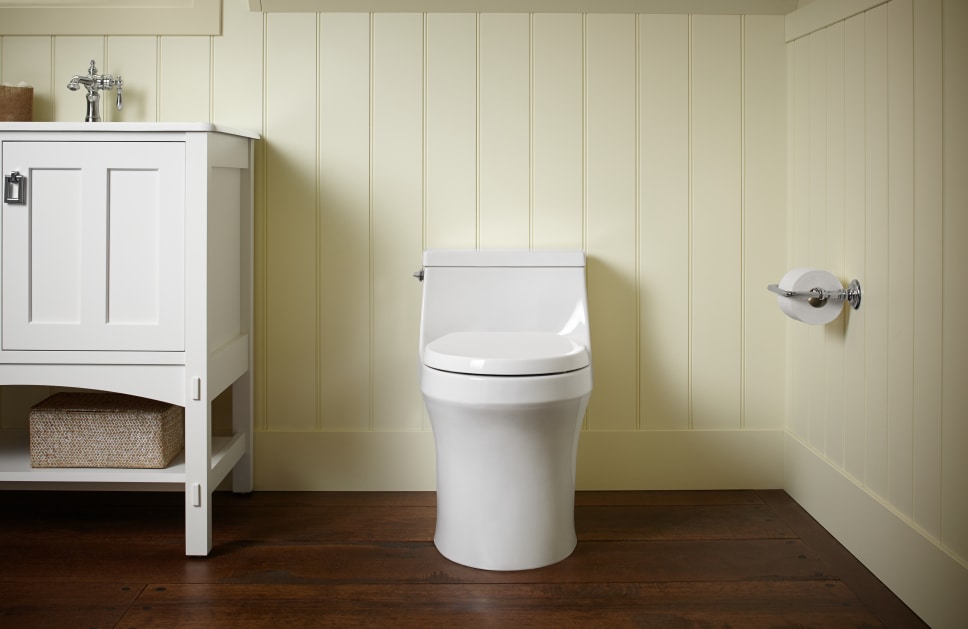
When it comes to unwanted household aromas, the bathroom is one of the worst offenders, with the toilet generally regarded as the prime suspect. The main way to defend your home from the stink is to spend a little more time cleaning the toilet. However, in addition to properly cleaning your toilet, there are other things that you can do to make sure that the smells are gone for good.
Common Odors and Why They Occur
This is the first place to start with mystery odors. It is important to understand why they happen to keep them from coming back. When you know what the common odors are, you can institute some methods to prevent them. The following are common odors you might find that are associated with your toilet:
- Stool and urine odors - usually associated with incomplete cleaning of the toilet.
- Mold or mildew smells - these appear if a toilet has a leak, allowing water to accumulate. As water sits, mold and mildew are able to form.
- Sewage odors from the toilet - There could be a plumbing issue that needs to be addressed. Should you notice this, it is a good idea to have a professional plumber come in.
1. Ensure Adequate Ventilation
Most modern bathrooms have ventilation, such as filter fan or a heat light, but older homes may be lacking. This makes rooms like a bathroom, with toilets, showers, and sinks running water in potentially small places, much more likely to retain humidity. Moisture sits on the walls or in crevices along the plumbing fixtures and accumulates if it’s not wiped down or dried out, which becomes a breeding ground for mold spores and mildew.
An open window will help, but it’s not the most effective if the air outside is just as humid as the air inside. Ventilation fans can circulate the air and dry it out to prevent the moisture from building up. It will also clear urine and stool stink out of the air faster after someone uses the bathroom.
There are ventilation kits that you can install yourself, or you can have one installed by a professional as part of a bathroom remodel. Proper ventilation goes a long way in making sure that mold and mildew have a lesser chance of forming, which keeps unwanted scents out of your bathroom as well as safeguarding the room itself from more permanent mold damage.
2. Pick the Best Toilet Cleaners
When you head to the household aisle at the store, it can be overwhelming with so many options. You have to first decide if you prefer to use commercial cleaners or you want to take an eco-friendlier route.
If you prefer commercial products, look for those that contain bleach. This not only cleans effectively, but it will also disinfect. Some toilet odors are due to a clean toilet simply needing to be disinfected better.
If you want to use greener options, try cleaning with white vinegar. Like bleach, it effectively disinfects as it does the cleaning. It is not as harsh as bleach, so you can use it on a regular basis without causing damage to your toilet.
The fresh whiff of vinegar will dissipate rather quickly once you get the job done, but you can also add an extra cleaning with lemon juice. The lemon juice can get rid of the odor quickly and make your bathroom smell fresher.
Baking soda is another option if you have some stains that need a little extra scrubbing. The grittiness of baking soda can help to remove them faster than standard vinegar or commercial cleaners.
3. Make Sure You Properly Clean Your Toilet
There are many ways to do simple tasks around the home, some more effective than others, which means that there really is a “right way” to clean your toilet.
Grab some cleaning gloves and check out these basic steps recommended for cleaning your toilet:
- Start by applying your desired bowl cleaner, covering everything from the rim to the waterline.
- Let it sit for a few minutes so that it is able to mix in the water and more completely coat the entire bowl.
- Use a toilet brush to scrub every crevice and edge inside the bowl so that no debris or impurities are left behind.
- Allow the cleaner to sit for another 10 to 15 minutes after scrubbing, so the cleaner can work into the areas that might have been covered by debris on the first round.
- While the cleaner sits, you can wipe down the outside of your toilet. Make sure that you are getting under the bowl down to the floor, lifting the seat, and cleaning behind the different toilet elements. Don’t forget the top of the tank!
- Going back to the inside of the bowl, use a sponge to clean under the rim and to wipe the entire inner bowl again.
- Dry the outside of your toilet and flush the bowl to rinse away any excess cleaner that is left.
- Don’t forget to mop the floor around your toilet regularly, since urine sometimes gets on this area and can cause odors.
It’s best to tackle the deep cleaning about once a week. This will help to prevent stains from setting in so that your toilet maintains its like-new look, and can ward off any unwanted smells.
4. Clean or Replace Your Toilet Seat
A lid on your toilet seat can add a nice aesthetic to your bathroom, either by offering a splash of color or just covering the unsightly toilet bowl. It was also designed to help catch the toilet water sprayed into the air by every flush, which contains microscopic traces of all of the waste matter in the water. As this starts to accumulate, you will eventually notice an odor.
With some toilet seats, you can set them up for a high-heat wash in the dishwasher. As long as the seat and lid are made of a material that will tolerate it, all it takes is a quality detergent and hot water to get the job done. However, do not do this if you have a wood toilet seat, or any other material that might not handle the high temperature soak.
If the dishwasher isn’t an option, you can still remove the seat for effective cleaning at the sink. Wearing gloves, use a hearty sponge with a cleaner that also disinfects. Ideally, you should tackle this at least once a month to keep the lid clean.
5. Place a Deodorizer in Your Bathroom
Starting off with a fragrant bathroom environment makes it easier to prevent foul odors from taking over. There are a number of deodorizer options, ranging from small appliances that purify the air to standard canned air fresheners that come in an endless variety of scents. Potpourri, essential oil sachets, diffusers, or plug-in scented melts can all freshen up a space, it’s just a matter of choosing the one that works the best for your preference. Think about the odors that are most often in your bathroom. This will help you to decide which deodorizer option is going to be the most effective. You can also opt to use a combination of options if there are several odors that you want to get rid of.
With even the worst bathroom stench culprits, there are ways to get the problem put in lockdown. The key is to clean regularly and make sure that you are always paying attention to any tell-tale scents that might point to the source. You can make effective bathroom chores fit your routine and form the healthy habit of keeping a clean and pleasant smelling bathroom. Once all of the defensive cleaning methods are in place, most of the odors will take care of themselves, allowing you to enjoy a fresh and relaxing home.

